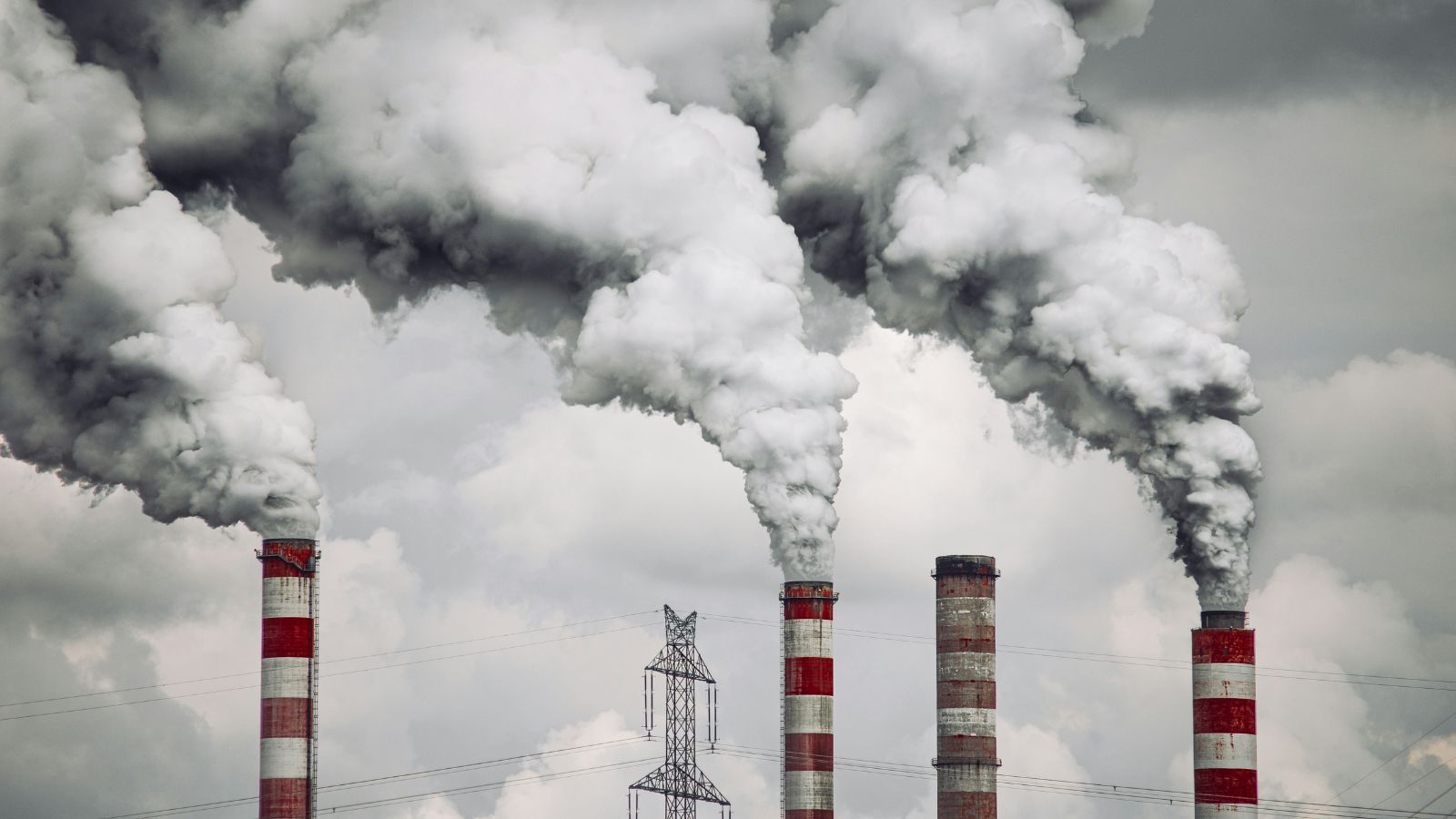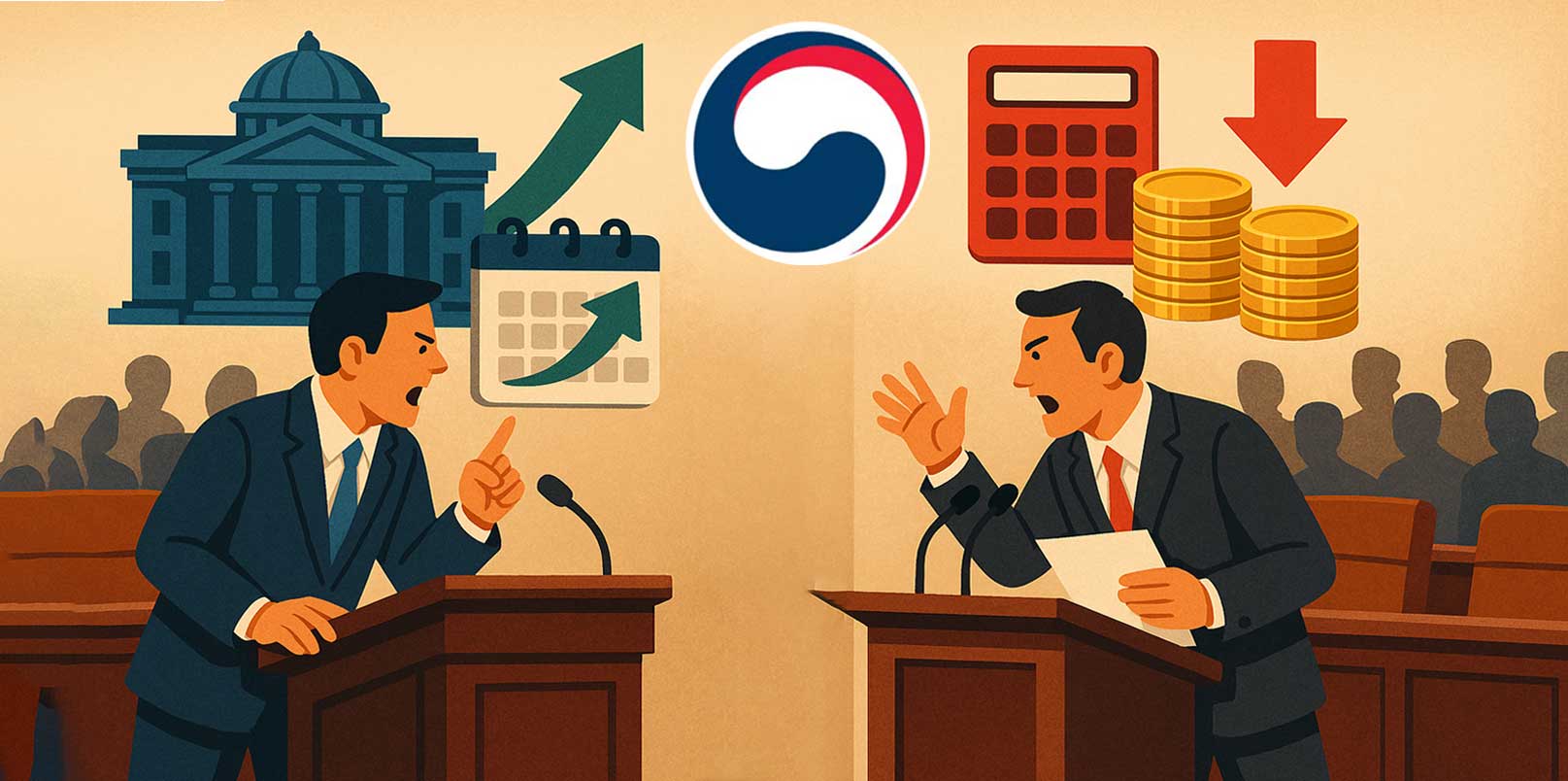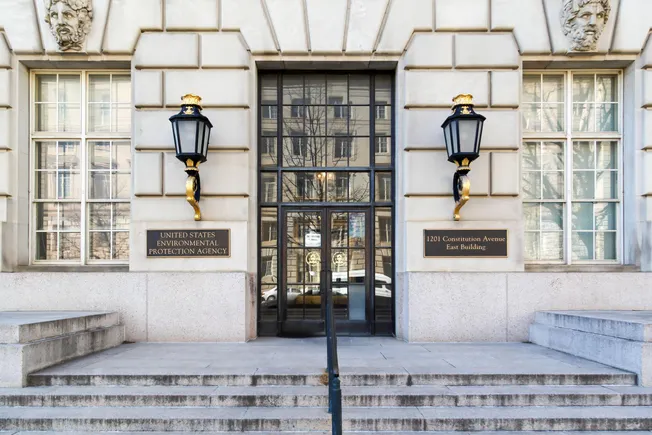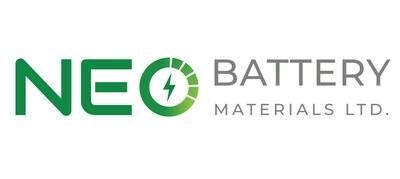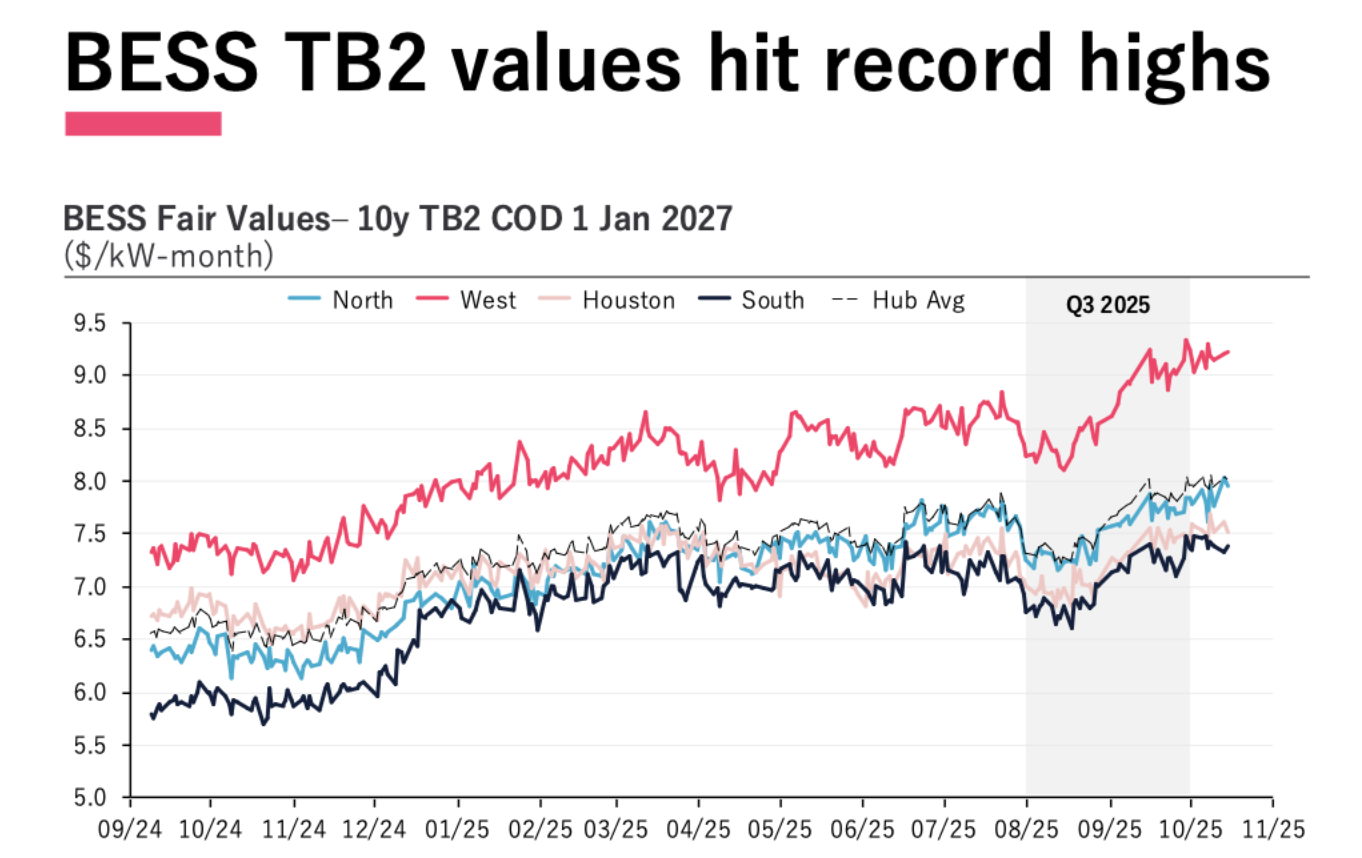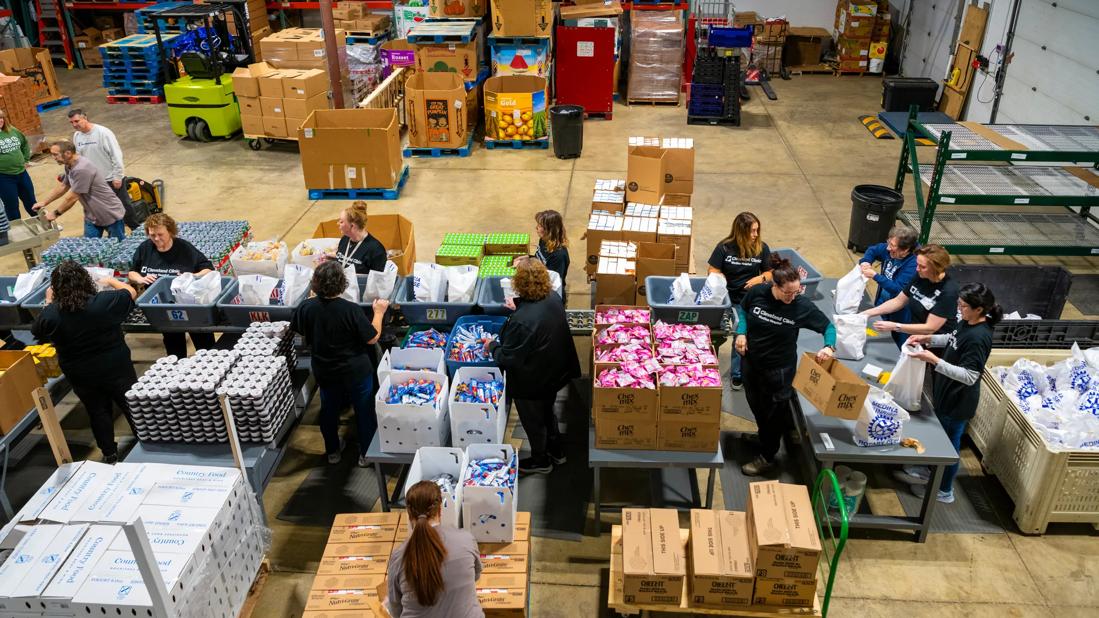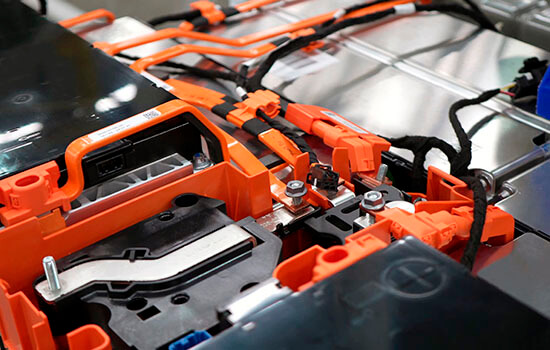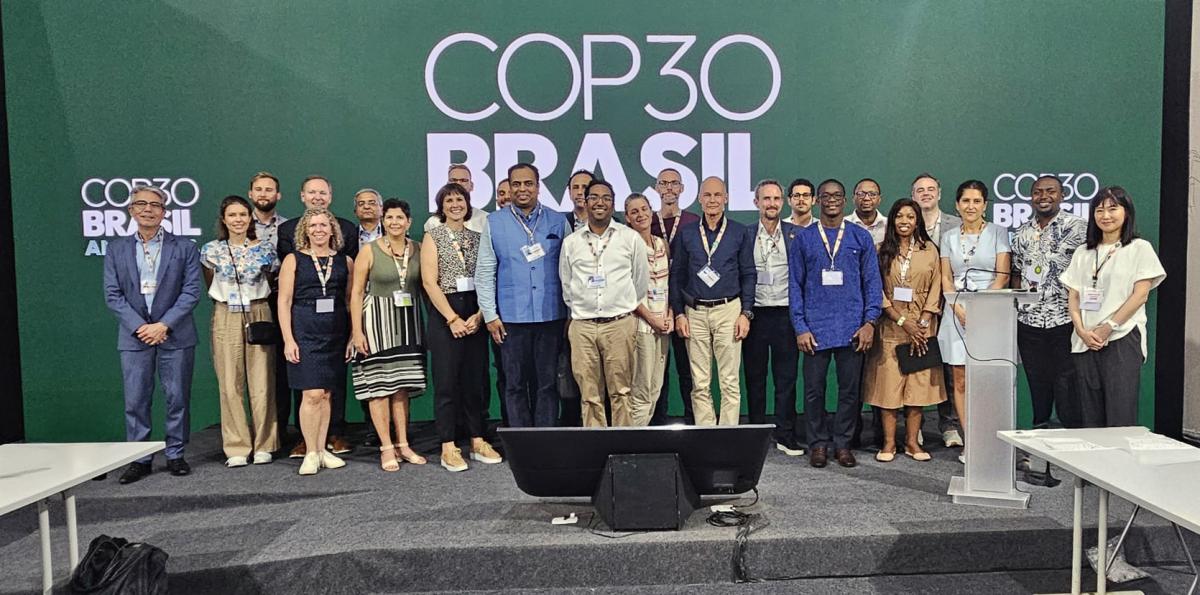TERREPOWER Solidifies Global Leadership in Sustainable Manufacturing as Multi-Billion Automotive and Industrial Aftermarket Continues to Surge – PR Newswire

TERREPOWER: A Case Study in Sustainable Manufacturing and Global Development Goals
Executive Summary
TERREPOWER, a global leader in sustainable manufacturing, exemplifies a business model that directly supports several United Nations Sustainable Development Goals (SDGs). Through its large-scale remanufacturing operations in the automotive and industrial sectors, the company demonstrates that economic growth can be synergistic with environmental stewardship. In 2024, TERREPOWER’s production of 17 million remanufactured units and avoidance of over 160,000 metric tons of CO2 highlight its significant contributions to a circular economy, climate action, and sustainable industrial innovation.
Alignment with Sustainable Development Goals (SDGs)
SDG 12: Responsible Consumption and Production
TERREPOWER’s core operations are fundamentally aligned with SDG 12, which promotes sustainable consumption and production patterns. The company actively transitions the aftermarket industry from a linear “take-make-waste” model to a circular economy paradigm.
- Circular Economy Model: By remanufacturing used or worn components to like-new condition, TERREPOWER extends the life of products, minimizes waste, and reduces the need for raw material extraction.
- Production Metrics: In 2024, 17 million of the company’s 20 million total units produced were remanufactured, showcasing a profound commitment to resource efficiency.
- Sustainable Manufacturing Processes: The company’s approach includes:
- Responsible sourcing of “core” components.
- Efficient waste management systems.
- Systematic energy and resource conservation.
SDG 13: Climate Action
The company makes a direct and measurable impact on climate action by significantly reducing greenhouse gas emissions associated with traditional manufacturing.
- Carbon Reduction: Through its remanufacturing processes, TERREPOWER avoided more than 160,000 metric tons of CO2 emissions in 2024.
- Carbon Neutrality: The company operates a carbon-neutral business model, further solidifying its commitment to mitigating climate change.
SDG 9: Industry, Innovation, and Infrastructure
TERREPOWER fosters resilient infrastructure and promotes inclusive and sustainable industrialization through innovation.
- Supply Chain Resilience: The business model supports near-shoring and on-shoring of production, mitigating risks associated with global supply chain disruptions, trade agreements, and tariffs.
- Technological Advancement: The company is adapting to industry shifts, such as the rise of electric vehicles (EVs), by exploring new opportunities in areas like battery remanufacturing.
- Economic Advantage: By offering components that meet or exceed Original Equipment Manufacturer (OEM) standards at a significant cost advantage, TERREPOWER makes sustainable options economically compelling.
SDG 8: Decent Work and Economic Growth
The company’s sustained growth contributes to global economic stability and job creation within a resilient and expanding aftermarket industry.
- Global Employment: TERREPOWER provides employment for a dedicated workforce of more than 10,000 people worldwide.
- Market Growth: The U.S. light-duty automotive aftermarket is projected to reach $435 billion in 2025, with the broader automotive aftermarket forecasted to exceed $664 billion by 2028. TERREPOWER’s sustainable model is positioned to capitalize on and contribute to this growth.
- Economic Resilience: The demand for remanufactured parts is bolstered by consumer trends, such as longer vehicle ownership (averaging over 12.8 years), and the need for cost-effective solutions amidst inflation.
Global Strategy and Expansion
Commitment to International Markets
TERREPOWER is actively expanding its global footprint to promote the circular economy worldwide, aligning with SDG 17 (Partnerships for the Goals).
- Global Reach: The company’s products are sold in 90 countries, supported by an extensive network of manufacturing facilities and distribution centers across North America and Europe.
- Strategic Expansion: The recent appointment of a European business unit president, based in Switzerland, signals a dedicated strategy to strengthen capabilities and advance sustainable manufacturing in key international markets.
Analysis of Sustainable Development Goals in the Article
1. Which SDGs are addressed or connected to the issues highlighted in the article?
- SDG 12: Responsible Consumption and Production: The article is centered on TERREPOWER’s business model of “sustainable manufacturing” and “remanufacturing,” which directly promotes a “circular economy” paradigm over a “take-make-waste” model. This aligns with the goal of ensuring sustainable consumption and production patterns.
- SDG 9: Industry, Innovation, and Infrastructure: The text highlights “innovative solutions for the automotive and industrial aftermarket,” the importance of “sustainable infrastructure,” and building supply chain “resilience.” This connects to the goal of building resilient infrastructure, promoting inclusive and sustainable industrialization, and fostering innovation.
- SDG 13: Climate Action: The article explicitly mentions the company’s commitment to climate action through its “carbon neutral business model” and the quantifiable “reduction of carbon emissions,” directly contributing to this goal.
- SDG 8: Decent Work and Economic Growth: The article discusses the company’s “significant growth,” creation of employment for a “workforce of more than 10,000 people,” and the overall “sustained growth” of the aftermarket industry, which relates to promoting sustained, inclusive, and sustainable economic growth and productive employment.
2. What specific targets under those SDGs can be identified based on the article’s content?
-
Under SDG 12 (Responsible Consumption and Production):
- Target 12.2: By 2030, achieve the sustainable management and efficient use of natural resources. The article supports this through TERREPOWER’s process of “repurposing ‘core’ materials without incurring the raw material extraction costs.”
- Target 12.5: By 2030, substantially reduce waste generation through prevention, reduction, recycling and reuse. The company’s core business of “meticulous remanufacturing of used or worn components to like-new condition” is a direct application of reuse and waste reduction.
- Target 12.6: Encourage companies, especially large and transnational companies, to adopt sustainable practices. TERREPOWER, as a “global pure-play aftermarket leader,” exemplifies this by integrating sustainability into its core strategy and operations.
-
Under SDG 9 (Industry, Innovation, and Infrastructure):
- Target 9.4: By 2030, upgrade infrastructure and retrofit industries to make them sustainable, with increased resource-use efficiency and greater adoption of clean and environmentally sound technologies and industrial processes. The article describes TERREPOWER’s “scaled sustainable manufacturing process” as a retrofitting of the industrial aftermarket to be more resource-efficient and environmentally responsible.
-
Under SDG 13 (Climate Action):
- Target 13.2: Integrate climate change measures into policies, strategies and planning. While this target is aimed at nations, TERREPOWER demonstrates its corporate-level application by making a “commitment to carbon neutrality” a central part of its business strategy.
-
Under SDG 8 (Decent Work and Economic Growth):
- Target 8.2: Achieve higher levels of economic productivity through diversification, technological upgrading and innovation. The company’s success is attributed to its “visionary leadership and innovative solutions” and “continuous innovation.”
- Target 8.4: Improve progressively, through 2030, global resource efficiency in consumption and production and endeavor to decouple economic growth from environmental degradation. The article provides a clear example of this decoupling, showing significant industry growth (sales reaching “$413.7 billion”) while simultaneously “avoiding more than 160,000 metric tons of CO2.”
3. Are there any indicators mentioned or implied in the article that can be used to measure progress towards the identified targets?
-
For Target 12.5 (Waste Reduction):
- A direct indicator is the volume of reused materials. The article states that in 2024, the company produced “17 million remanufactured units.”
-
For Target 9.4 (Sustainable Industries) and Target 13.2 (Climate Action):
- A key indicator is the reduction of CO2 emissions. The article quantifies this progress by stating the company is “avoiding more than 160,000 metric tons of CO2” through its business model.
-
For Target 8.2 (Economic Productivity) and Target 8.4 (Resource Efficiency):
- An implied indicator for resource efficiency is the ratio of sustainably produced goods to total goods. The article provides the data: “17 million remanufactured units out of 20 million total units.”
- Indicators for economic growth include industry sales figures, such as the U.S. aftermarket reaching “$413.7 billion” in 2024.
-
For SDG 8 (Decent Work):
- An indicator for job creation is the number of employees. The article mentions a “dedicated workforce of more than 10,000 people worldwide.”
4. Table of SDGs, Targets, and Indicators
| SDGs | Targets | Indicators Identified in the Article |
|---|---|---|
| SDG 12: Responsible Consumption and Production |
12.2: Sustainable management and efficient use of natural resources.
12.5: Substantially reduce waste generation through reuse. |
Repurposing “core” materials without new raw material extraction.
Production of “17 million remanufactured units.” |
| SDG 9: Industry, Innovation, and Infrastructure | 9.4: Upgrade industries to make them sustainable and increase resource-use efficiency. | Adoption of a “scaled sustainable manufacturing process.” The avoidance of “more than 160,000 metric tons of CO2” serves as a measure of cleaner processes. |
| SDG 13: Climate Action | 13.2: Integrate climate change measures into strategies and planning. | Implementation of a “carbon neutral business model” resulting in “avoiding more than 160,000 metric tons of CO2.” |
| SDG 8: Decent Work and Economic Growth |
8.2: Achieve higher economic productivity through innovation.
8.4: Decouple economic growth from environmental degradation. |
Employment of a “workforce of more than 10,000 people.”
Achieving industry sales of “$413.7 billion” while avoiding significant CO2 emissions. |
Source: prnewswire.com

What is Your Reaction?
 Like
0
Like
0
 Dislike
0
Dislike
0
 Love
0
Love
0
 Funny
0
Funny
0
 Angry
0
Angry
0
 Sad
0
Sad
0
 Wow
0
Wow
0



